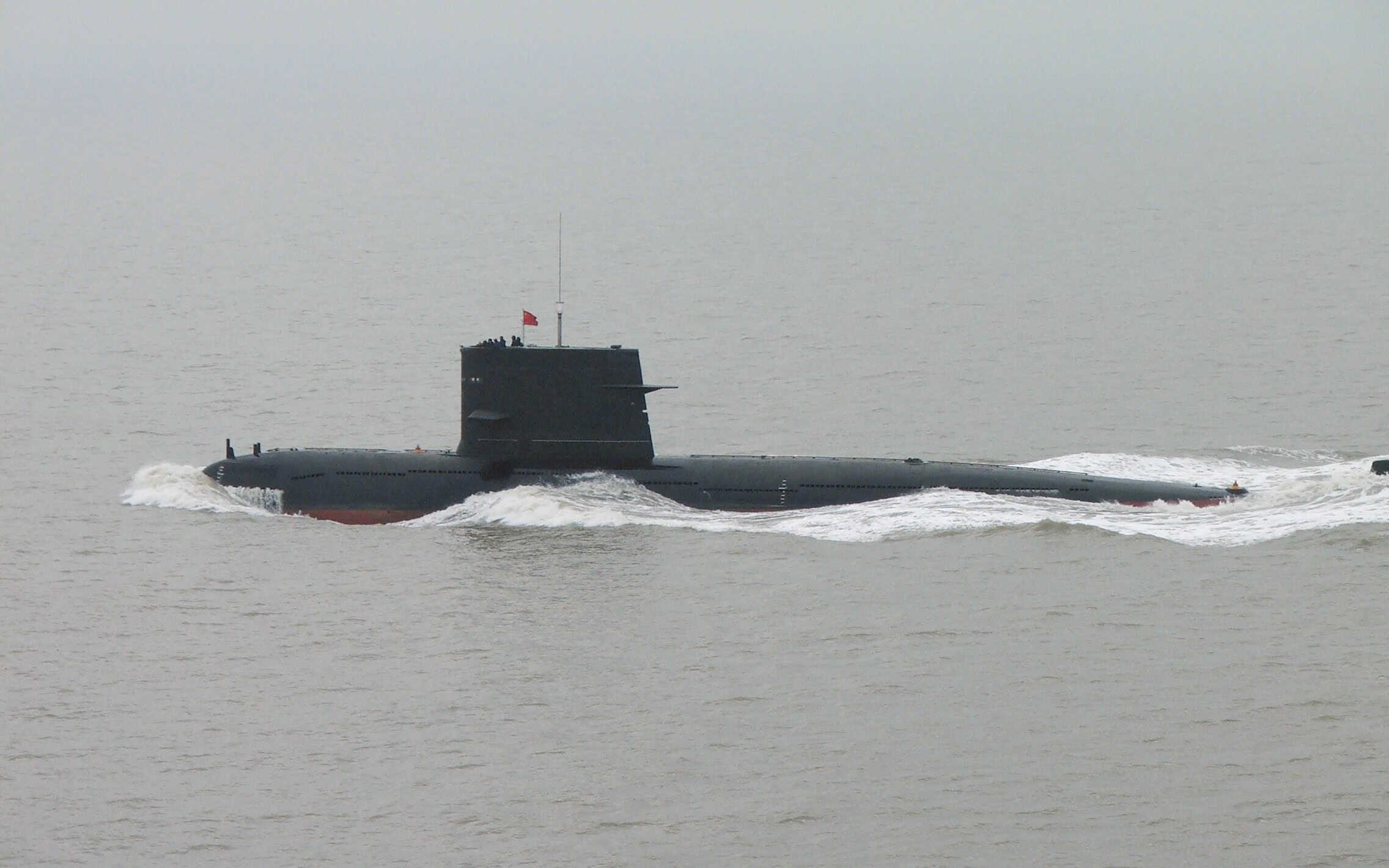
Submarines have been a part of naval warfare since the 18th century. The earliest devices were dangerous to use and had limited operational success. The designs improved considerably by the 20th century, and submarines played a key role in both world wars. The actions taken by just a handful of commanders have left an outsized mark on the course of history.
This article examines some of the most consequential submarines ever to take to the seas.
Why This Matters
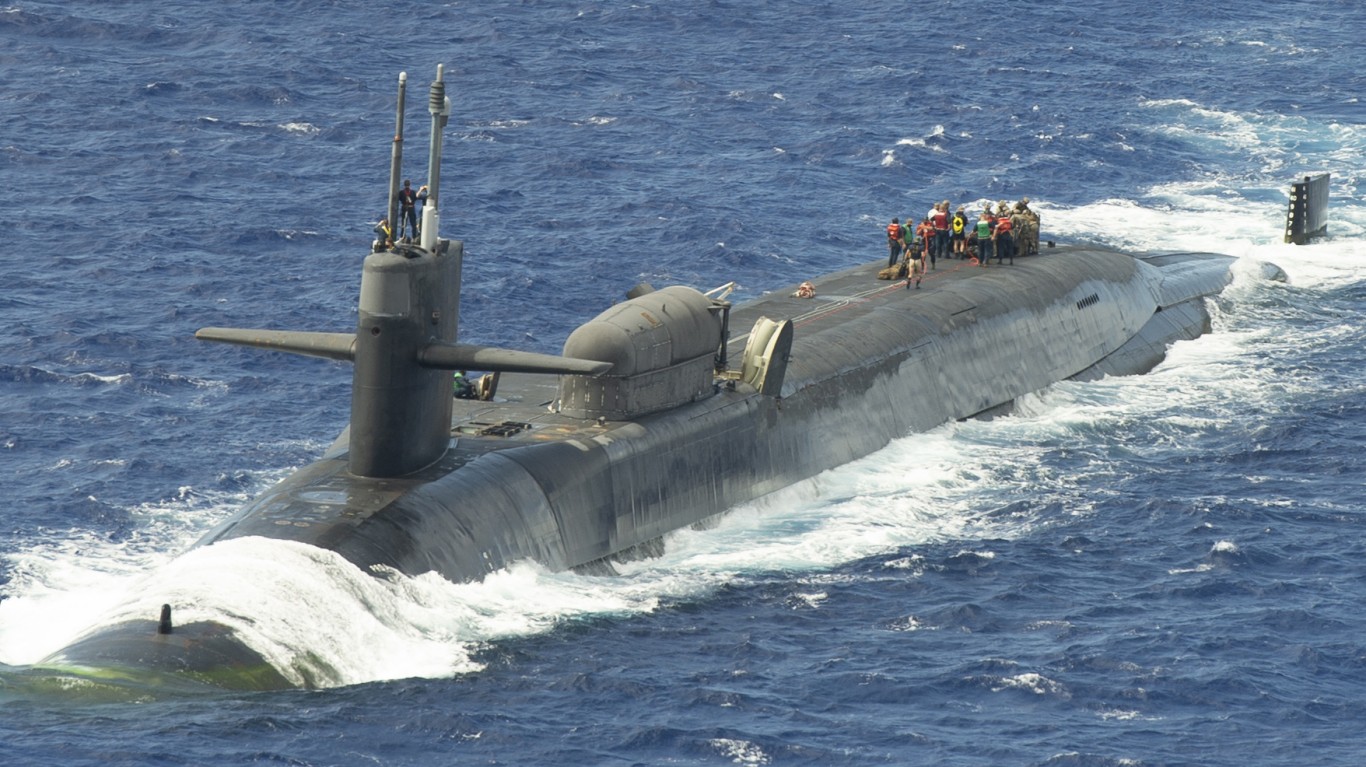
Military spending is rising sharply worldwide, and many nations are betting big on submarines. Though they have quite limited operational history since World War II, the capabilities and versatility of modern submarines have a great deal to offer armed forces around the world. The impact of the past matters a great deal in forming plans for the future.
Turtle: The First Submarine Used In Combat
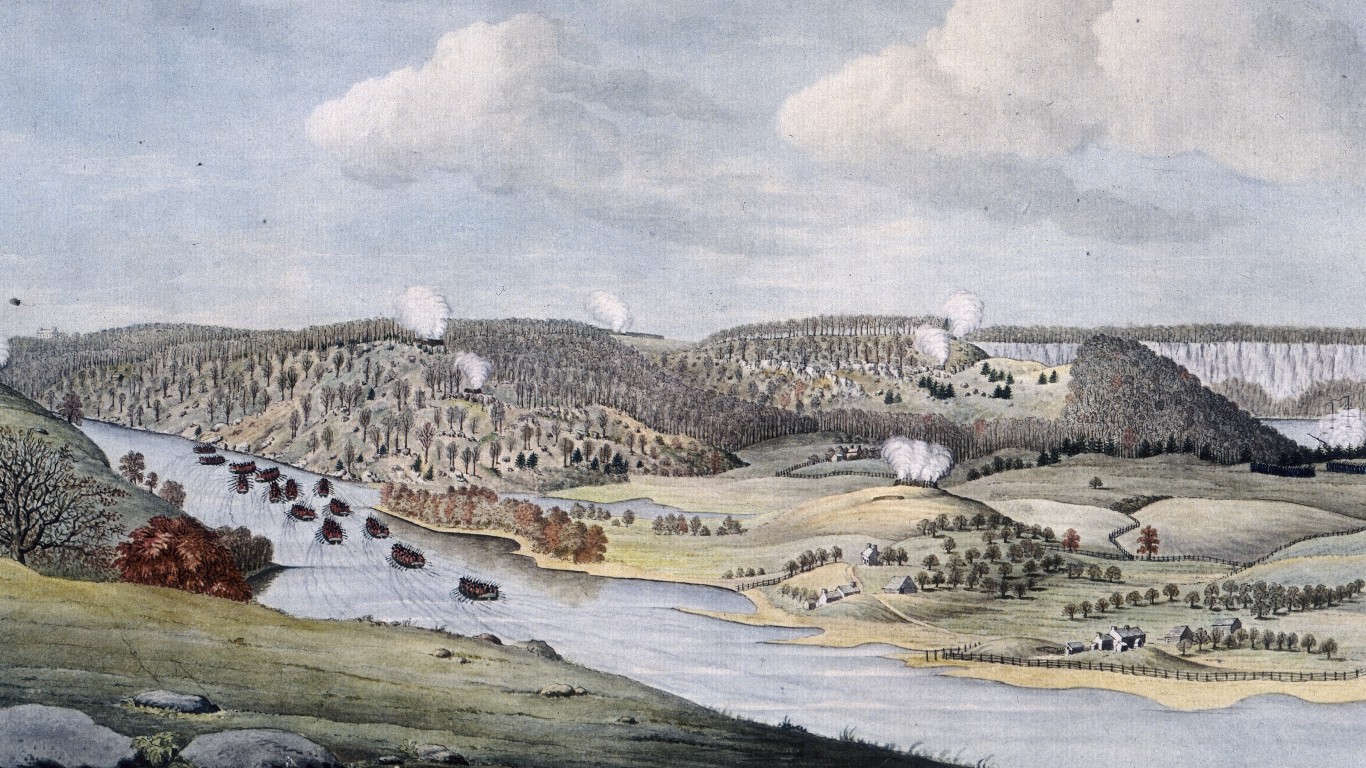
The first submarine was a far cry from today’s steel leviathans. Developed during the American Revolutionary War by a Yale graduate and a clockmaker, the Turtle was an imaginative solution to the Royal Navy’s supremacy. It had a single operator and could only submerge for a few minutes at a time.
The idea was to get near an enemy vessel unseen and attach an explosive underwater. Sergeant Ezra Lee was the soldier given the historic task of sinking the HMS Eagle docked in New York Harbor in September 1776. Under the cover of darkness, Lee attempted to attach an explosive to the Eagle’s hull, but it wouldn’t take. Lee slipped away as the morning drew near. The Turtle made two other attempts before the British sank the ship carrying it during the Battle of Fort Lee in November 1776.
HL Hunley: The First Submarine To Sink A Ship
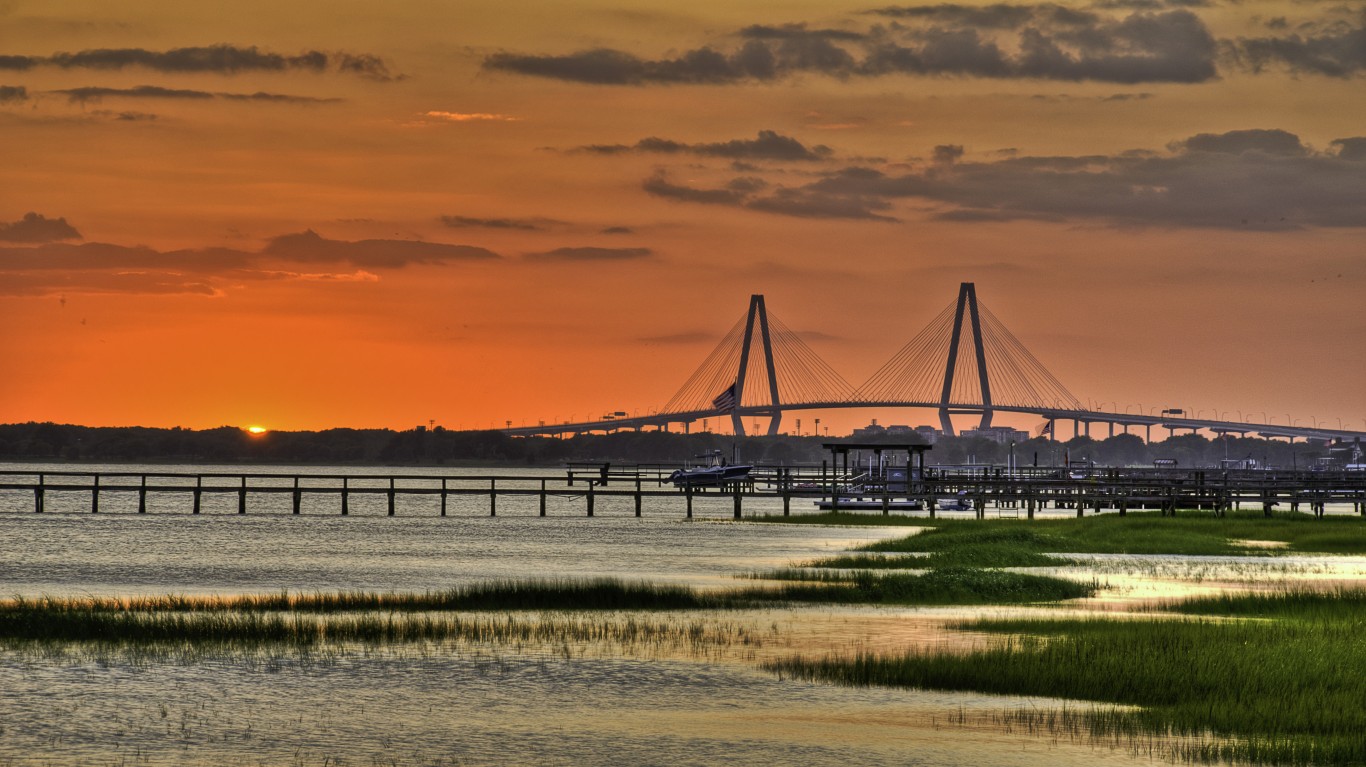
Confederate engineer Horace Lawson Hunley designed the first submarine to successfully sink an enemy vessel. However, Hunley wouldn’t live to see his creation succeed. Hunley and the entire crew died during sea trials in October 1863, and the submarine was christened the HL Hunley in his memory. In February 1864, the Hunley carried out a successful attack on a Union ship.
The USS Housatonic sank when the Hunley attached and detonated a spar torpedo to its hull. In the American Civil War, a torpedo was a static explosive that required a brave crew to get close enough to the enemy to use it. The Hunley succeeded but once again claimed its entire crew as it sank off the coast of South Carolina.
SM U-20: The Submarine That Sank The Lusitania
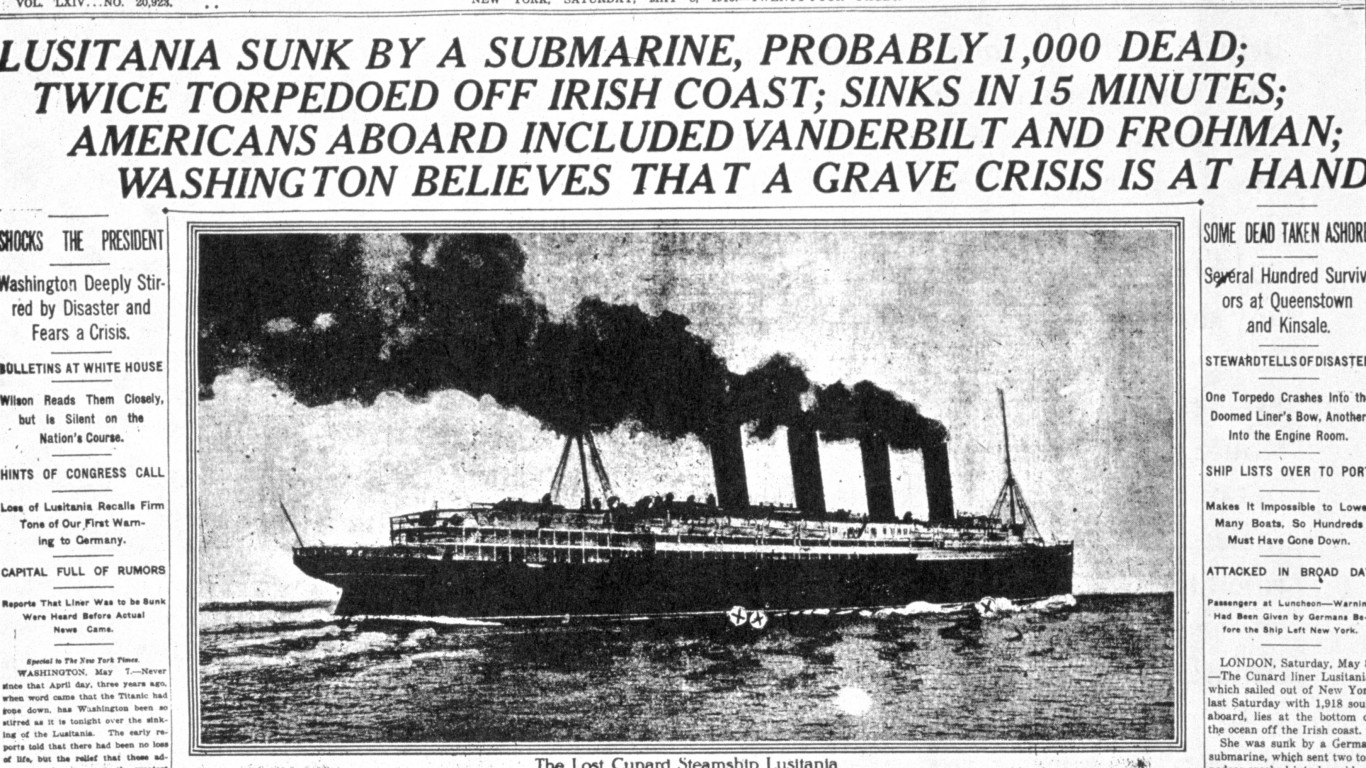
Submarines became an important part of warfare during World War One. Germany tried to starve the British into submission by attacking supply ships with U-boats. The Germans abandoned prize rules in 1915 to launch unrestricted attacks on any ship in British waters. In May 1915, the Lusitania, a British passenger liner, was sunk by the German submarine U-20. The German commander, Walter Schwieger, noted in his diary the attack unexpectedly caused a large explosion. While the Germans insisted the Lusitania was carrying munitions, the British seized upon the incident for wartime propaganda. Additionally, 123 Americans were among the 1,195 passengers who perished in the attack. The Lusitania’s sinking badly damaged relations between the neutral United States and Germany. As a result of diplomatic pressure, Germany temporarily abandoned unrestricted submarine warfare in September 1915.
In February 1917, the Germans were reeling from the effects of the Royal Navy’s blockade and resumed attacking commercial ships in the Atlantic. Two months later, the United States entered the war.
USS Archerfish: Sank The Largest Ship Ever Claimed By A Submarine
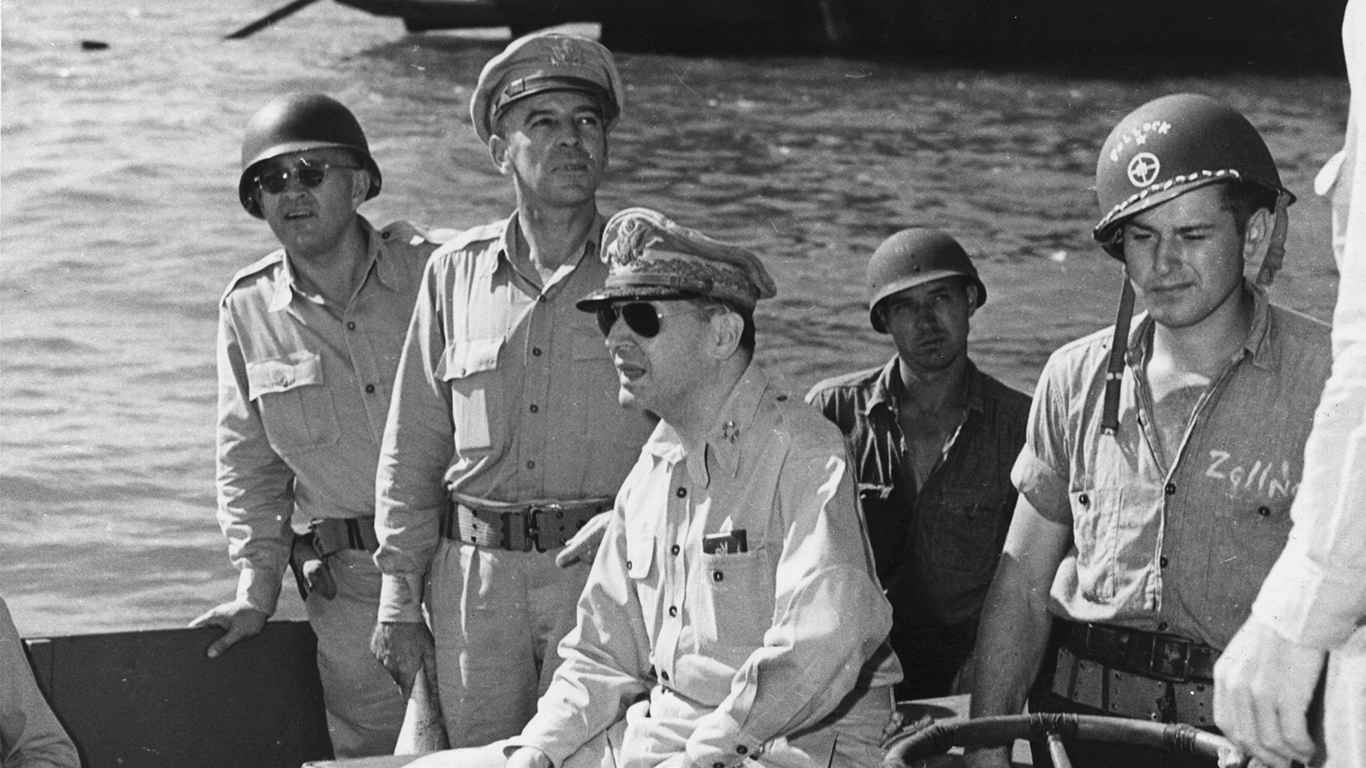
Just like World War One, German U-boats wreaked havoc on shipping in the Atlantic in World War Two. However, the vital role American submarines played in the Pacific Theater is less known. While the Allies made serious efforts to counter German submarines in the Atlantic, the Japanese failed to respond to the US Navy’s incessant attacks on its convoys. American submarines sank 1,113 Japanese merchant ships and 201 warships. The crews paid a heavy price for the success, 52 American submarines were lost during the war.
The most notable action of all by an American submarine was in November 1944. The USS Archerfish sighted a large Japanese ship and three escorts near Tokyo Bay. After a six-hour pursuit, the Archerfish unleashed six torpedoes to destroy the vessel. It wasn’t until after the war that the crew learned the identity of the ship – the Shinano, a nearly 60,000-ton Japanese supercarrier. It remains the largest ship ever sunk by a submarine.
USS Nautilus: The First Nuclear Powered Submarine
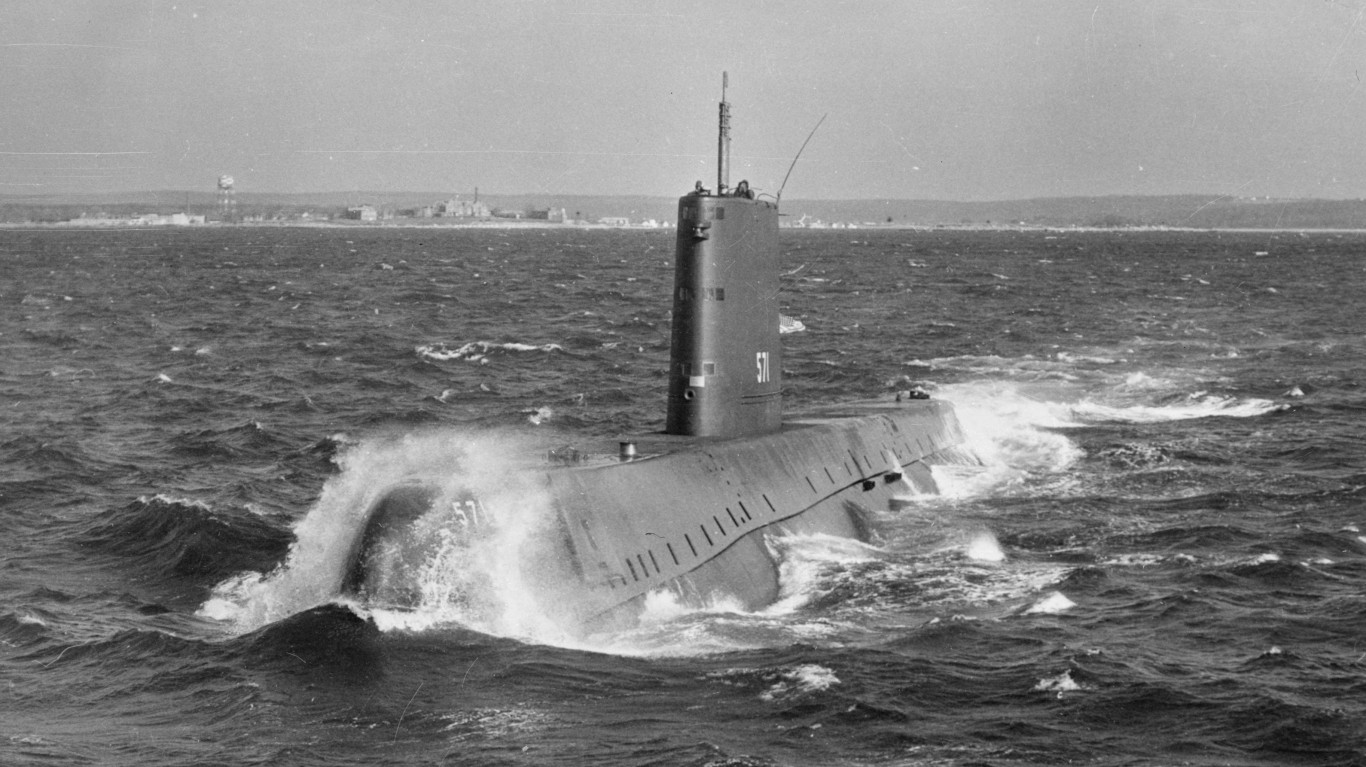
After World War II, the United States commissioned the first-ever submarine powered by a nuclear reactor. When it made its first voyage in 1955, the USS Nautilus represented a huge leap forward in naval warfare. In May 1955, the Nautilus stayed submerged for almost 90 hours. By contrast, submarines in World War Two rarely stayed underwater for much longer than 12 hours while at sea. In combat, while traveling at high speed, a diesel-electric submarine could only submerge for 1-2 hours. Additionally, the Nautilus broke another barrier by traveling under Arctic ice in August 1957.
Though it never directly participated in combat, the submarine was dispatched to Cuba during the height of the crisis in 1962. The Nautilus was decommissioned in 1980 without ever firing a torpedo in anger, but it was a truly revolutionary ship. She is currently housed at the Submarine Force Museum in Groton, Connecticut.
HMS Conqueror: First Blood For Nuclear Powered Submarines
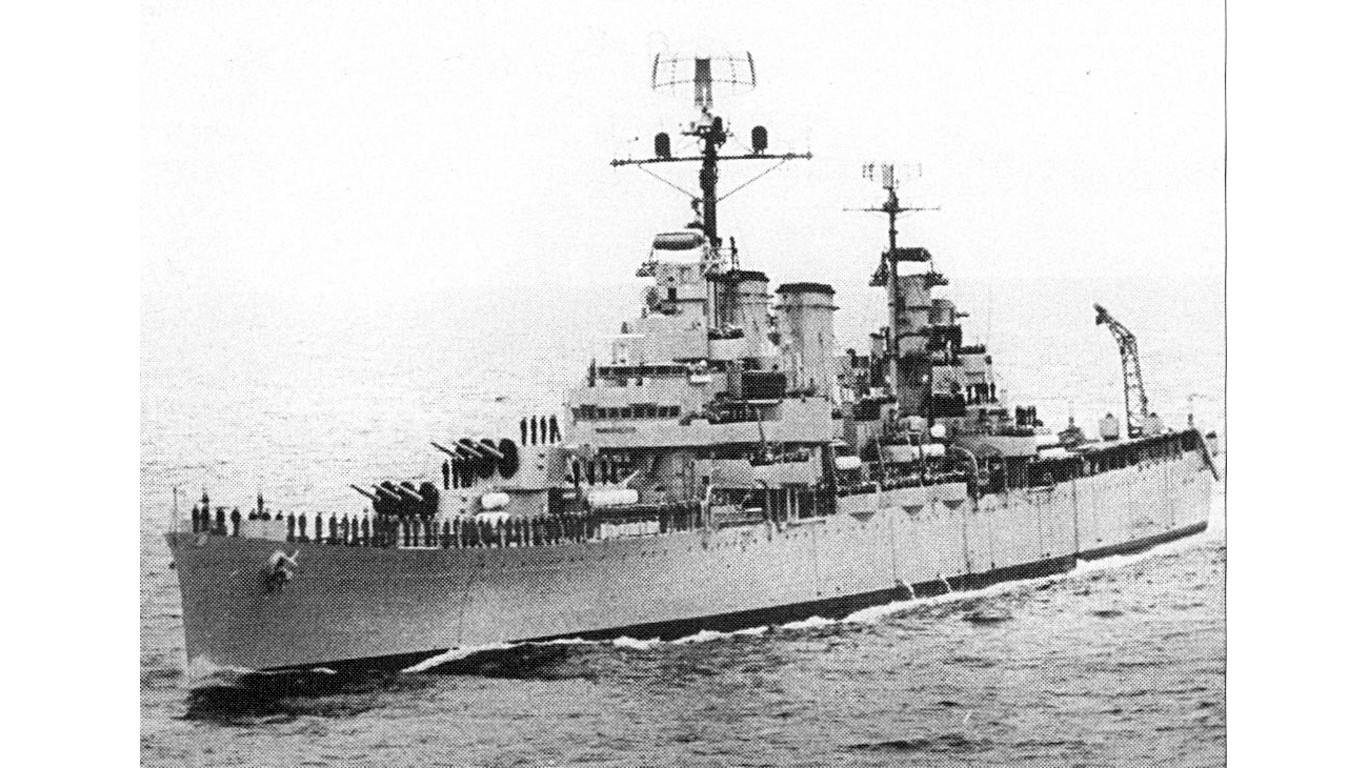
Though they have been around since the 1950s, there is only one recorded instance of a nuclear-powered submarine sinking an enemy ship. The HMS Conqueror, a British submarine, gained that distinction in May 1982.
During the Falklands War, the British created an exclusion zone around the contested islands whereby any vessel entering the area was fair game. The ARA General Belgrano was a light cruiser purchased from the United States in 1951. Though technically outside the exclusion zone, the British believed the Belgrano was a threat to the expeditionary force sent to the islands. Accordingly, the Conqueror was permitted to engage the Belgrano. Three conventional torpedoes were sufficient to sink the aged cruiser, and 323 Argentinian sailors perished in the attack. The escalation was controversial, but it kept the Argentinian Navy out of the conflict and gave the British the upper hand in retaking the islands. Hector Bonzo, the Belgrano’s captain, later said the sinking was a legitimate act of war.
K-141 Kursk: The Disaster That Shook Up Russian Politics

One of the worst naval disasters ever suffered by Russia was not in combat. K-141 Kursk, a nuclear submarine, sank off the coast of the Murmansk Oblast in August 2000. A gas leak caused a torpedo to explode and killed most of the 118-man crew. A handful of survivors in the rear compartment might have been rescued, but Vladimir Putin, in his first year in power, refused international offers of help for several days. Putin, his government, and the Russian navy were sharply criticized for their response to the catastrophe.
Igor Sergeyev, the Defense Minister at the time, was compelled to resign and replaced by a civilian in a major shake-up of the military. Stung by the intense criticism by the media, Putin moved to clamp down on privately owned television networks. Media moguls like Boris Berezovsky and Vladimir Gusinsky were forced to divest and flee the country. The incident prompted a major restructuring of the military as Putin tightened his grip on power.
Conclusion
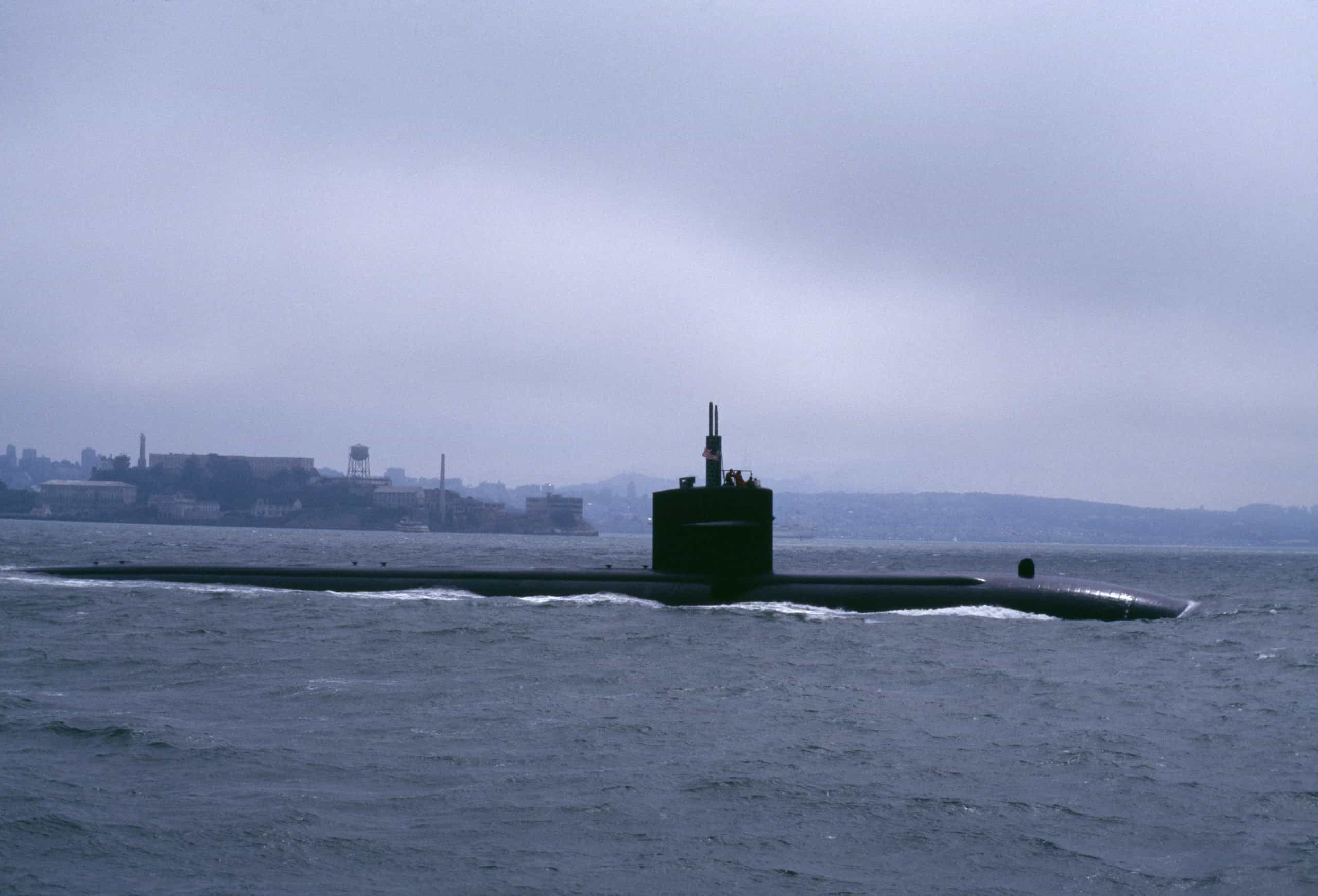
Since World War Two, submarines have become much more advanced and capable but haven’t been used nearly as much in combat. Yet, they still have a significant influence on global events. The British victory in the Falklands was made much easier by the exclusion of the Argentinian navy. Russia’s catastrophic loss of a nuclear submarine paved the way for Vladimir Putin to consolidate his iron grip on power.
It’s Your Money, Your Future—Own It (sponsor)
Retirement can be daunting, but it doesn’t need to be.
Imagine having an expert in your corner to help you with your financial goals. Someone to help you determine if you’re ahead, behind, or right on track. With SmartAsset, that’s not just a dream—it’s reality. This free tool connects you with pre-screened financial advisors who work in your best interests. It’s quick, it’s easy, so take the leap today and start planning smarter!
Don’t waste another minute; get started right here and help your retirement dreams become a retirement reality.
Thank you for reading! Have some feedback for us?
Contact the 24/7 Wall St. editorial team.
